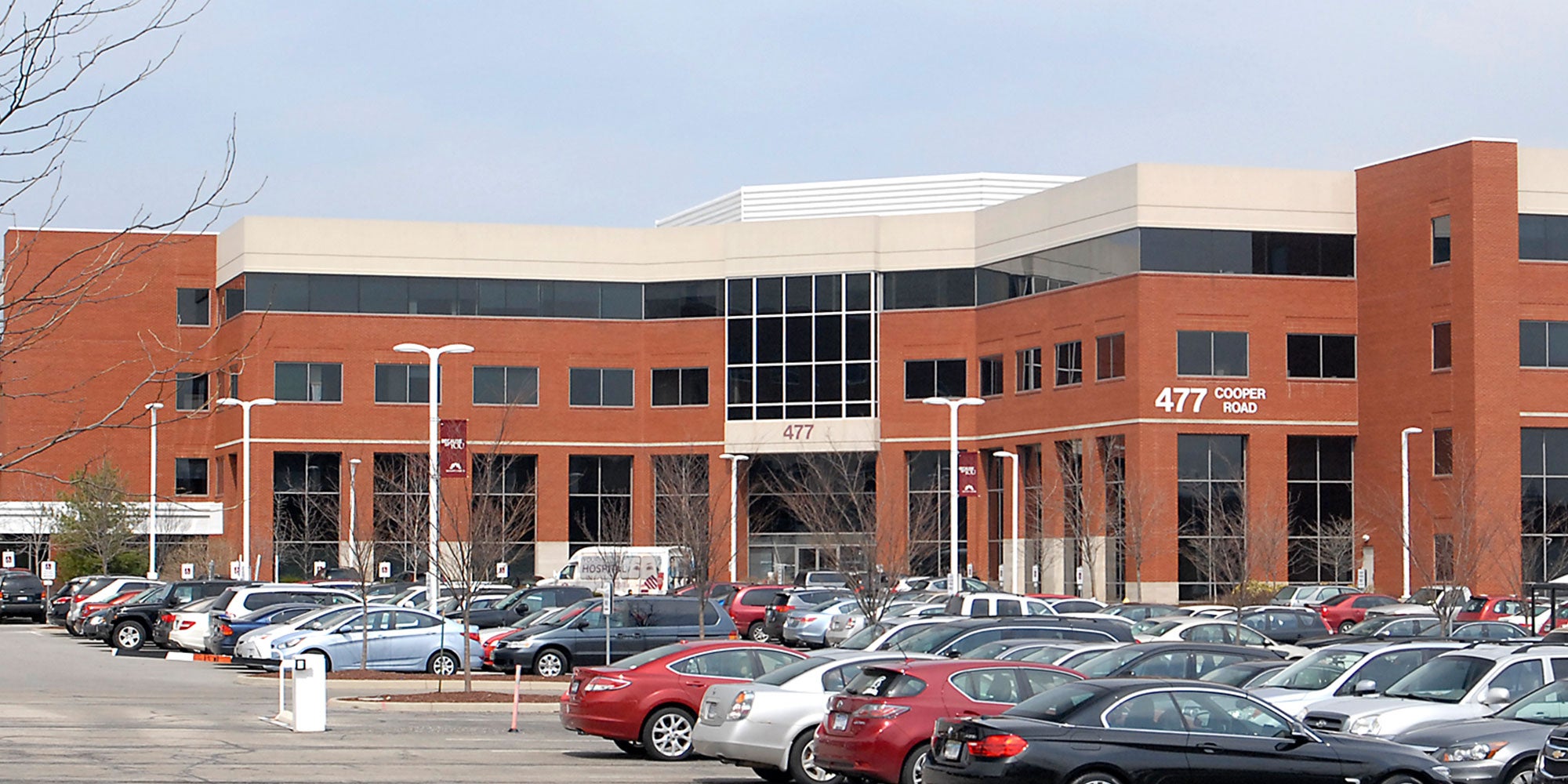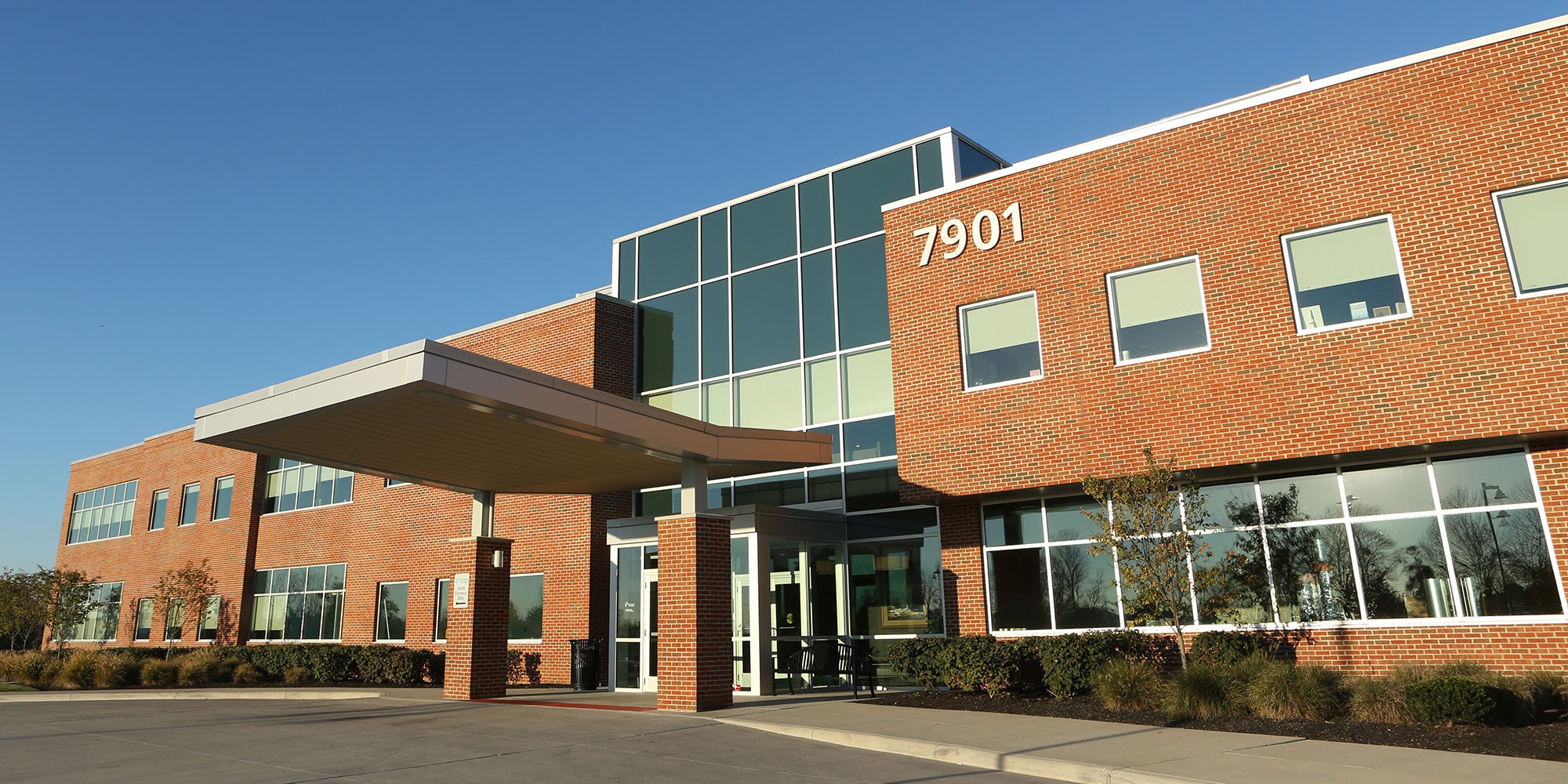Electrophysiology
Getting the right treatment for your heart arrhythmia depends on your unique condition and diagnosis. That's why Mount Carmel has a team of six highly trained electrophysiologists who have additional education and specialized training in the diagnosis and treatment of abnormal heart rhythms.
In addition, Mount Carmel East, Grove City & St. Ann's have dedicated electrophysiology labs and were the first hospitals in the nation to receive the Electrophysiology Accreditation from the American College of Cardiology. This accreditation recognizes hospitals for their demonstrated expertise in and commitment to treating patients who come to the Electrophysiology lab for care.
Our physicians also have state-of-the-art diagnostic and interventional equipment at their disposal so you get precisely the treatment you need. Among those treatments are:
Ablation
Ablation is a technique through which the heart tissue that causes arrhythmia is destroyed. Mount Carmel offers two ablation techniques: radiofrequency ablation and cryoablation. Radiofrequency ablation is a non-surgical technique that uses heat energy to destroy the heart tissue that's responsible for an arrhythmia. During cryoablation, the tissue is frozen and destroyed. In addition to the non-surgical ablation options, Mount Carmel’s Cardiac Surgeons ablate during open heart surgery as well as with a minimally invasive technique.
Cardiac Resynchronization Therapy (CRT)
If you have advanced heart failure, Mount Carmel can treat delays in heart ventricle contractions through cardiac resynchronization therapy (CRT). During the procedure an electronic, battery-powered CRT pacing device is surgically implanted under the skin to help the heart beat in a more balanced way.
Cardioversion
With cardioversion, an external defibrillator is used to send electrical energy to the heart muscle and restore normal rhythm.
Implantable Cardioverter-Defibrillator (ICD) Placement
The implantable cardioverter-defibrillators (ICD) is a device that detects arrhythmia and quickly sends an electrical shock to the heart to change the rhythm back to normal.
Loop Recorder Placement
An implantable loop recorder (ILR) is a monitoring device for patients with arrhythmia that stores electrocardiographic data that can be analyzed and used to determine future treatment options.
Lead Extraction
When leads from pacing devices need to be removed, Mount Carmel electrophysiologists can do it manually or with an excimer laser. The laser, which produces pulsed bursts of ultraviolet light energy, can facilitate the procedure while limiting damage to the veins or heart.
Pacemaker Placement
A pacemaker is a small, battery-operated device that senses when your heart is beating irregularly or too slowly. It then sends a signal to your heart that makes it beat at the correct pace.












